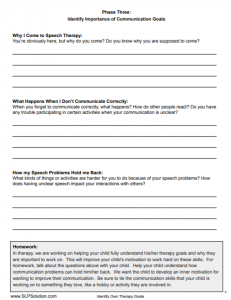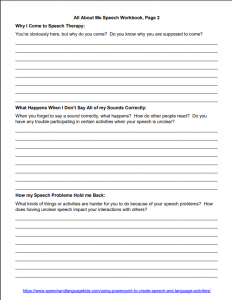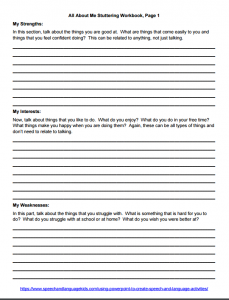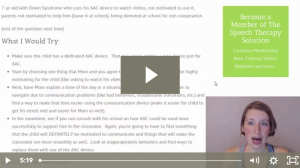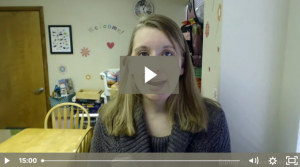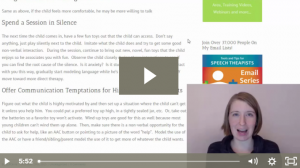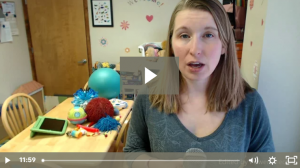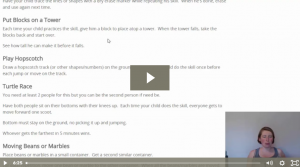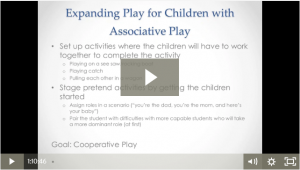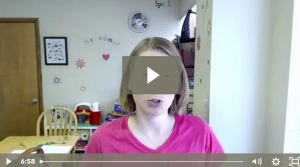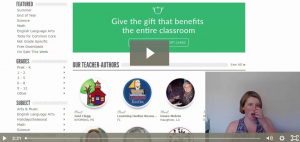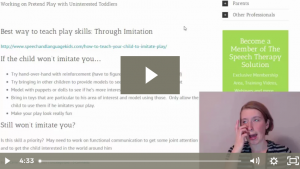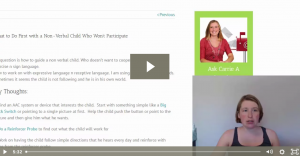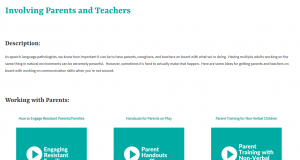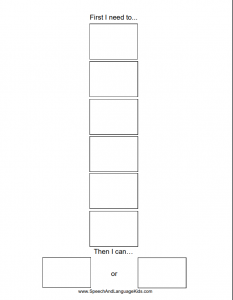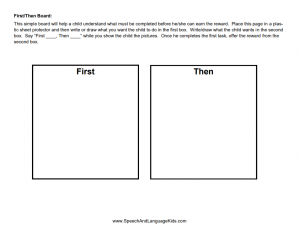Condition: Low Motivation/Participation
Definition:
Sometimes we have clients who are less than motivated to participate with us. This can happen for a variety of reasons and there are many different things we can do to engage this hard-to-reach clients. Take a look at some of our suggestions below:
Finding Intrinsic Motivation:
Many children can be motivated to work if we can tap into something that they are interested in or motivated by. In order to do this, we must start with something that is important to them. Something that they want to accomplish or feel compelled by. Then, we can find out how our communication goals can support that larger goal for the client. Sometimes, this may mean focusing on a slightly different skill than we originally wanted so that we can get the client’s buy-in. This is admittedly easier to do with older clients but younger clients can work to find their intrinsic motivation as well.
No-Prep Kit: Identifying the Importance of One’s Therapy Goals
This no-prep kit will walk you through helping a client find internal motivation to improve communication skills by identifying the importance of his/her goals.
Why I Come to Speech for Articulation
This easy packet will ask the client a series of guided questions to help him/her understand what’s important to him/her and how speech sound therapy fits into that.
Discovering Emotions in Stuttering
This workbook of guided questions will help a client uncover negative motions and beliefs about his/her stuttering so he/she can fully buy into stuttering therapy.
Helping a Child who Isn’t Motivated to Interact with Others
Tips for helping a child understand the benefits of interacting with others so he/she is intrinsically motivated to interact.
Encouraging an Unmotivated Child to Use his AAC Device
Tips for helping a child who is resistant to using an AAC device that has been set up for him
How to Motivate Resistant and Defiant Clients
How to build rapport and gradually increase difficulty level to maximize success and participation
Young Child who Refuses to Talk/Participate in Therapy
How to help the completely silent, selectively mute, or defiant young child to feel more comfortable in therapy
Finding Better Reinforcers (External Motivation):
Sometimes, intrinsic motivation is hard to come by so we must rely on outside reinforcers. Many children will work for an external motivation, such as a toy, game, food item, etc. We’ll call these “reinforcers”. The key is to finding the right reinforcers for each child and then helping them understand that they must do a little bit of work in order to receive the reinforcer. This can be done using a visual aid such as a “first, then” board. (see next section)
How to Find Motivators and Establish Joint Attention
Find out how you can conduct a reinforcer probe to figure out which items are the most motivating for a child. This is great for a child with autism or other engagement difficulties who can’t just tell you what he/she likes.
Activities and Toys to Make Your Therapy Sessions More Fun
Here are a few of Carrie’s favorite toys and activities that are sure to make your therapy more fun!
High-Repetition Activities and Games for Speech Therapy
A fun list of activities that are sure to cram more repetitions into your artic sessions.
Using Play to Promote Language Development – Webinar Recording
An hour-long webinar recording about using play to promote language development. Play can be helpful for clients who are resistant to more direct therapies.
Using Games to Address Language Targets
Here are some ways you can work your language targets into whatever game you’re playing.
Themed Speech and Language Activities
Children often get very excited about upcoming holidays or seasonal themes. You can tap into this for your therapy as well!
Working on Pretend Play with an Uninterested Toddler
How to get an uninterested toddler to engage in pretend play with you during therapy
What to Address with a Non-Speaking Toddler who Won’t Participate
Tips for reaching those hard to reach little ones with limited verbal skills and minimal engagement.
How to Use Sensory/Movement Activities to Improve Motivation
Full, hour-long webinar recording on how and why to use sensory and movement activities in therapy
Other Tips and Tricks:
Here are some other ideas that can help with getting clients motivated and participating!
Involving Parents and Teachers
None of us conduct speech therapy in a silo. Involving and working with parents and teachers can give us access to additional information and strategies to help us motivate the client.
Transitioning from Play to Direct Therapy Using First, Then Boards
How to go from working on skills in play to working at a table on direct therapy, such as drill and practice
Visual schedules can be powerful tools to help clients understand what work they need to do before receiving their reinforcer. This is a blank, printable visual schedule.
For children who need a simpler visual schedule, you can use the “first, then” board with just two items: what they need to do and what they’ll get when they’re done.

